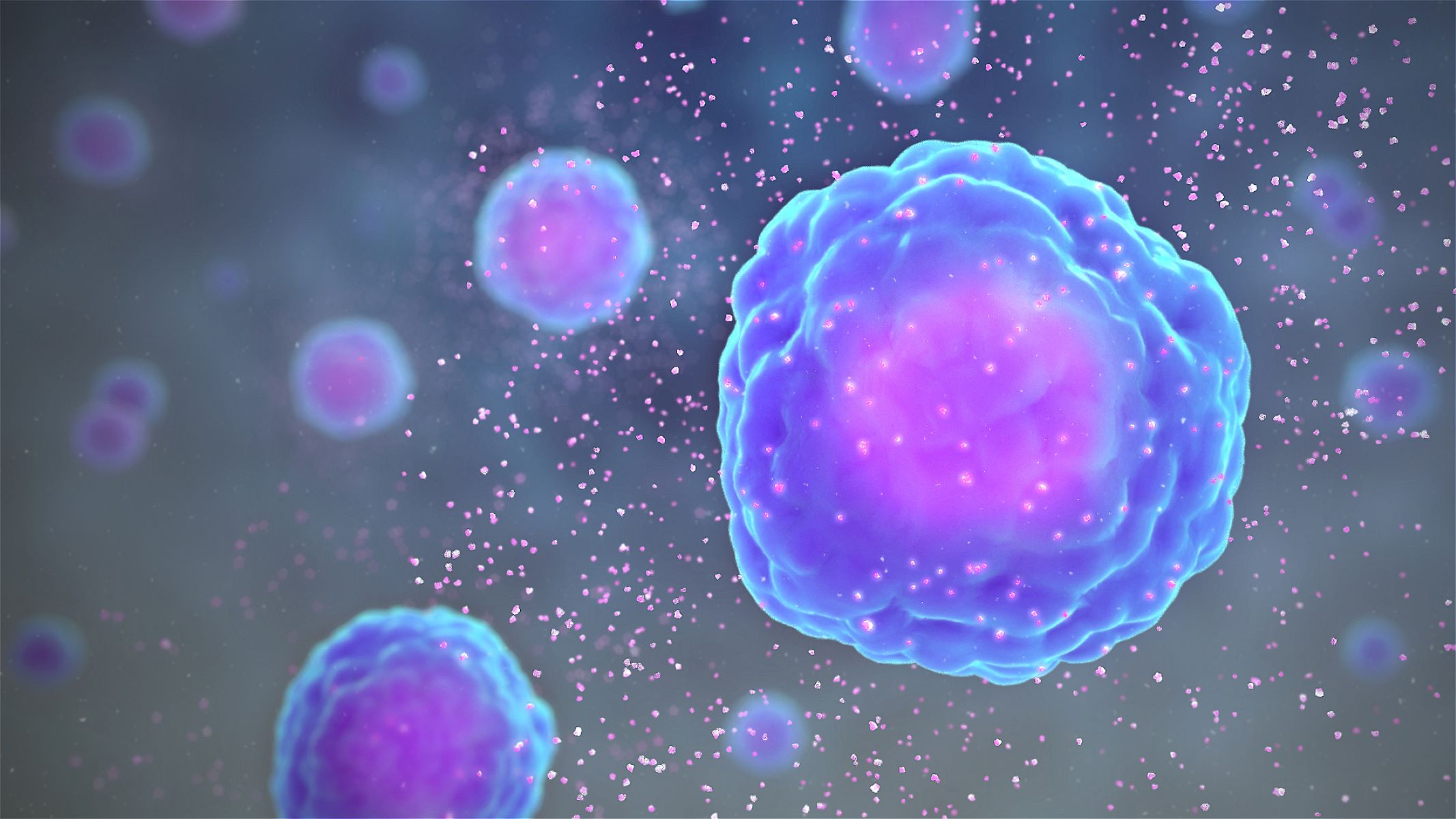
Say–Meyer Syndrome is a rare genetic disorder that affects multiple systems in the body. Characterized by developmental delays, intellectual disabilities, and distinct facial features, this condition can be challenging for families and caregivers. Understanding the symptoms and management options is crucial for providing the best care. This blog post will delve into 30 essential facts about Say–Meyer Syndrome, offering insights into its causes, symptoms, diagnosis, and treatment. Whether you're a parent, caregiver, or simply curious, these facts will help you grasp the complexities of this rare condition. Let's dive into the world of Say–Meyer Syndrome and uncover what makes it unique.
Key Takeaways:
- Say-Meyer Syndrome is a rare genetic disorder that affects bone development and cognitive abilities. Early diagnosis and specialized therapies can help manage symptoms and improve quality of life.
- Research into gene therapy and peroxisome function offers hope for future treatments. Support groups and advocacy organizations play a crucial role in providing resources and raising awareness for Say-Meyer Syndrome.
What is Say–Meyer Syndrome?
Say–Meyer Syndrome is a rare genetic disorder. It affects various parts of the body, leading to a range of symptoms. Here are some intriguing facts about this condition.
-
Say–Meyer Syndrome is named after Dr. Burhan Say and Dr. William Meyer, who first described it.
-
This syndrome is extremely rare, with only a few documented cases worldwide.
-
It primarily affects the skeletal system, causing abnormalities in bone development.
Genetic Basis of Say–Meyer Syndrome
Understanding the genetic roots of Say–Meyer Syndrome helps in diagnosing and managing the condition. Here are some key genetic facts.
-
Say–Meyer Syndrome is caused by mutations in the PEX1 gene.
-
The PEX1 gene is crucial for the normal function of peroxisomes, which are cellular structures involved in breaking down fatty acids.
-
This syndrome follows an autosomal recessive inheritance pattern, meaning both parents must carry the mutated gene for a child to be affected.
Symptoms and Diagnosis
Recognizing the symptoms early can lead to better management of Say–Meyer Syndrome. Here are some common symptoms and diagnostic methods.
-
Children with Say–Meyer Syndrome often have distinctive facial features, including a broad forehead and a flat nasal bridge.
-
Skeletal abnormalities, such as short stature and limb deformities, are common in affected individuals.
-
Delayed motor development and intellectual disability are also frequently observed.
-
Diagnosis typically involves genetic testing to identify mutations in the PEX1 gene.
Treatment and Management
While there is no cure for Say–Meyer Syndrome, various treatments can help manage the symptoms. Here are some treatment options.
-
Physical therapy can improve mobility and muscle strength.
-
Occupational therapy helps individuals develop daily living skills.
-
Special education programs can support cognitive development.
-
Regular monitoring by a team of specialists, including geneticists, orthopedists, and neurologists, is essential.
Impact on Daily Life
Living with Say–Meyer Syndrome presents unique challenges. Here are some ways it affects daily life.
-
Individuals may require assistive devices, such as braces or wheelchairs, for mobility.
-
Social interactions can be affected due to physical and cognitive differences.
-
Families often need to adapt their homes to accommodate the needs of affected individuals.
-
Support groups and counseling can provide emotional support for families.
Research and Future Directions
Ongoing research aims to better understand and treat Say–Meyer Syndrome. Here are some exciting developments.
-
Scientists are exploring gene therapy as a potential treatment for genetic disorders like Say–Meyer Syndrome.
-
Advances in genetic testing are making it easier to diagnose rare conditions.
-
Research into the function of peroxisomes could lead to new treatments for related disorders.
-
Patient registries and databases are helping researchers gather more information about Say–Meyer Syndrome.
Interesting Historical Facts
The history of Say–Meyer Syndrome is as fascinating as the condition itself. Here are some historical tidbits.
-
The first case of Say–Meyer Syndrome was reported in the early 1980s.
-
Dr. Burhan Say and Dr. William Meyer were pioneers in the field of genetic disorders.
-
Early research into the syndrome was funded by rare disease organizations.
Support and Advocacy
Support and advocacy play a crucial role in improving the lives of those with Say–Meyer Syndrome. Here are some ways to get involved.
-
Organizations like the National Organization for Rare Disorders (NORD) provide resources and support for families.
-
Advocacy groups work to raise awareness and funding for research into rare genetic disorders.
-
Participating in clinical trials can help advance research and lead to new treatments.
Fun Facts
Even rare genetic disorders can have some lighter aspects. Here are a few fun facts about Say–Meyer Syndrome.
-
The syndrome has been featured in medical textbooks and journals, making it a topic of interest for medical students.
-
Some individuals with Say–Meyer Syndrome have unique talents and abilities, showcasing the diversity of human potential.
Final Thoughts on Say–Meyer Syndrome
Say–Meyer Syndrome, though rare, offers a unique glimpse into the complexities of genetic disorders. Understanding its symptoms, causes, and treatments can help those affected and their families navigate this challenging condition. Early diagnosis and intervention are crucial for managing symptoms and improving quality of life. Genetic counseling can provide valuable insights for families, helping them make informed decisions about their health. While research continues, awareness and education remain key in supporting those with Say–Meyer Syndrome. By staying informed and advocating for further studies, we can hope for better treatments and, eventually, a cure. Remember, knowledge is power, and sharing information can make a significant difference in the lives of those affected by this condition. Stay curious, stay compassionate, and keep learning.
Frequently Asked Questions
Was this page helpful?
Our commitment to delivering trustworthy and engaging content is at the heart of what we do. Each fact on our site is contributed by real users like you, bringing a wealth of diverse insights and information. To ensure the highest standards of accuracy and reliability, our dedicated editors meticulously review each submission. This process guarantees that the facts we share are not only fascinating but also credible. Trust in our commitment to quality and authenticity as you explore and learn with us.


